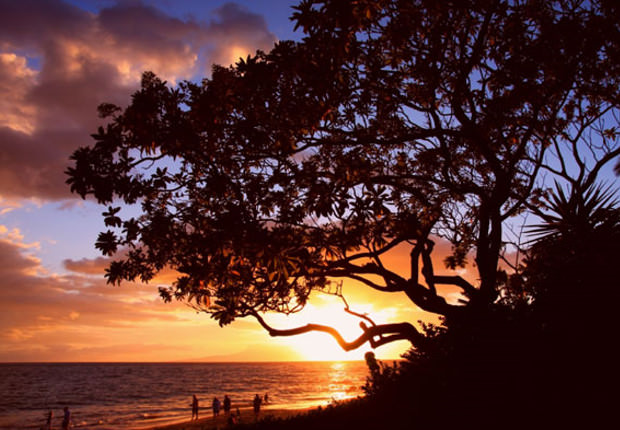 One of the best things about summer are the amazing sunsets. Each is unique, full of color and definitely fun to shoot. Here are some of the things I keep in mind when shooting at sundown.
One of the best things about summer are the amazing sunsets. Each is unique, full of color and definitely fun to shoot. Here are some of the things I keep in mind when shooting at sundown.
Planning Ahead
First and foremost…always have a camera ready! You never know when something will catch your eye. Second, regardless of whether you’re on vacation or just shooting around town, sometimes you’ll need to do a little prep work. I often consider things like: Is there a perfect vantage point to catch the sunset? Do I need to get there early to claim a spot? Am I brining any equipment that might take some set up time, like a tripod, etc.
Camera Settings
Aperture, ISO and focal lengths may vary, but there are two consistent things that you should think about for sunset shooting: Focus and White Balance.
As the light fades, your camera will have more trouble finding a spot to focus on. For DSLR users, try switching over to Manual Focus. When it comes to White Balance, many photographers (including myself) like to use the Cloudy or Shade options. Generally speaking, those white balance options tend to give you colors that are more like the actual look of the sunset. Naturally, if you have the ability to do so, it’s always best to shoot RAW files so that you can more easily adjust white balance and colors during post-processing.
If you’re using a Point and Shoot simply switch over to your camera’s Landscape mode.
Composing Great Sunset Photos
Every photo needs some kind of point of interest, and in sunset photos, often that will be a silhouette. Trees, people, buildings, boats, etc. You can make an interesting silhouette from just about any object.
Clouds are another excellent point of interest and a favorite of mine. They add texture to the sky and can introduce a wide variety red, orange and even purple colors to your images.
Another basic, but effective composition tip: Instead of the sun being in the center of the image, keep it off to one side of the frame while something else appears on the other side. Of course, just like the Rule of Thirds, breaking this rule can also create some excellent photos.
Don’t Stare at the Sun
Your mother was right! Staring at the sun can seriously and permanently damage your eyes. Don’t do it. The lower and more red the sun appears on the horizon the better.
Keep Shooting
As the sun sets, colors will change, objects may move and a wide variety of photo opportunities will exist -many after the sun drops below the horizon. Try a variety of settings, exposure times and shooting angles for different looks.
Photo and article by: Dylan Wroblewski
Also Read: 41 REASONS WHY YOU SHOULDN’T DATE A PHOTOGRAPHER
Recommended Reading:
- 2013 Photographer's Market: The Most Trusted Guide to Selling Your Photography
- How to Create Stunning Digital Photography
- Best Business Practices for Photographers
- The Fast Track Photographer Business Plan: Build a Successful Photography Venture from the Ground Up
- Group Portrait Photography Handbook
- 500 Poses for Photographing Women
- The Best of Family Portrait Photography: Professional Techniques and Images
- 500 Poses for Photographing Group Portraits
- Selling Your Photography: How to Make Money in New and Traditional Markets
- Starting Your Career as a Freelance Photographer
- Photographer's Survival Manual: A Legal Guide for Artists in the Digital Age
- Legal Handbook for Photographers: The Rights and Liabilities of Making Images
- Taking Stock: Make money in microstock creating photos that sell
- Going Pro: How to Make the Leap from Aspiring to Professional Photographer
